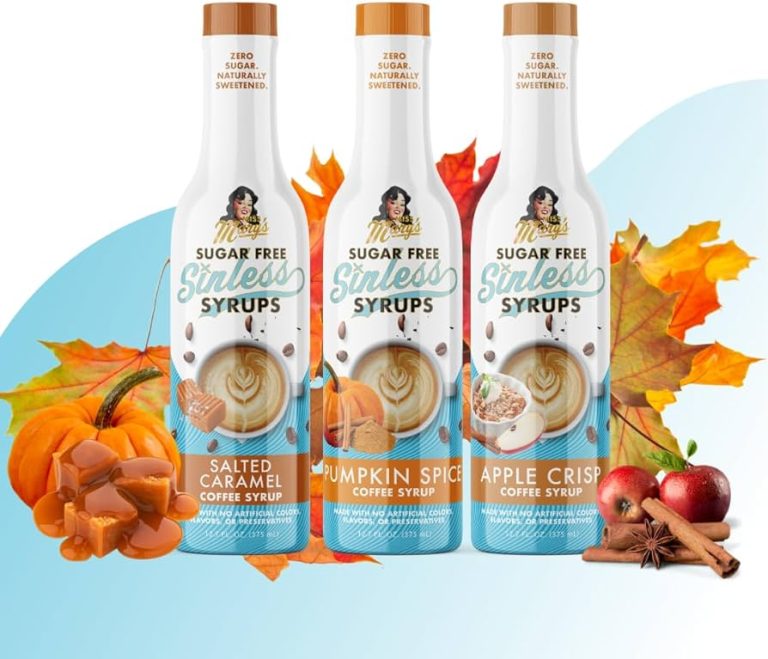Rocky Road Candies: History, Ingredients, Recipes, and Brand Comparisons
Rocky Road candies first appeared in the 1920s, originating in the United States. Myth has it that the recipe was created as a way to uplift people’s spirits during the Great Depression. Initially, these candies combined the creamy texture of chocolate with crunchy nuts and soft marshmallows, introducing a distinctive treat to the confectionery world. Notably, the combination of textures and flavors set Rocky Road apart from other candies of that era.
Popularity Over the Decades
Since their inception, Rocky Road candies have enjoyed enduring popularity. In the 1940s and 1950s, candy companies like Annabelle Candy Company and Brach’s played significant roles in marketing and distributing these sweets nationwide. The 1970s saw a surge in Rocky Road’s popularity with the introduction of ice cream variations, extending the flavor’s appeal. Today, Rocky Road remains a staple in numerous candy assortments and dessert options, loved for its nostalgic value and unique taste.
Main Ingredients of Rocky Road Candies
Marshmallows, Nuts, and Chocolate
Marshmallows, nuts, and chocolate make up the core ingredients of Rocky Road candies. The marshmallows add softness and chewiness. They often get cut into small pieces to distribute evenly throughout the candy. Nuts provide a crunchy texture, contrasting the marshmallows. Common choices include almonds and walnuts.
Chocolate forms the base, binding all elements together. Milk chocolate is frequently used for its sweetness, though some variations use dark or semi-sweet chocolate.
Variations in Ingredients Across Brands
Different brands incorporate unique variations while maintaining the core ingredients. Annabelle Candy Company’s version features milk chocolate, walnuts, and marshmallows. Brach’s uses dark chocolate and almonds.
Some brands experiment with additional flavors, such as adding caramel or using different types of nuts like pecans. These variations offer diverse taste profiles, appealing to different preferences while preserving the essence of Rocky Road candies.
How Rocky Road Candies Are Made
Manufacturing Process
Rocky Road candies undergo several steps in commercial production. Manufacturers melt the chocolate in large vats, ensuring a smooth, consistent texture. They then combine marshmallows and nuts, either almonds or walnuts, into the melted chocolate. This mixture gets poured into molds to form consistent size and shape. After pouring, candies cool at room temperature or in a refrigeration unit to harden. Once set, workers package the candies in wrappers or boxes for distribution.
Homemade Rocky Road Recipes
Creating Rocky Road candies at home is straightforward and requires common ingredients. Melt 2 cups of milk chocolate chips in a microwave or double boiler. Stir in 1 cup of mini marshmallows and 1 cup of chopped nuts, such as almonds or walnuts. Spread the mixture in an 8×8-inch baking dish lined with parchment paper. Refrigerate for 2 hours, then cut into squares before serving. Some recipes add ingredients like caramel or raisins for a unique twist.
Health Considerations
Caloric Content and Nutritional Info
Rocky Road candies contain significant calories due to their ingredients. A typical serving size of 1 ounce (28 grams) provides approximately 150-200 calories. The main contributors include chocolate, nuts, and marshmallows. Chocolates offer fats and sugars, while nuts supply proteins and healthy fats. Marshmallows add sugars and carbohydrates.
For those monitoring their intake, it’s vital to consider the nutritional breakdown. On average, one serving contains:
- Total Fat: 8-10 grams
- Saturated Fat: 4-5 grams
- Protein: 2-3 grams
- Carbohydrates: 20-25 grams
- Sugars: 15-18 grams
It’s wise to consume these candies in moderation, particularly if following a calorie-restricted diet.
Allergens and Dietary Restrictions
Common allergens in Rocky Road candies include nuts and dairy. Almonds and walnuts, frequent in recipes, can pose risks to individuals with nut allergies. Chocolates often contain milk or milk derivatives, making them unsuitable for those with dairy sensitivities.
Reading labels is important when you have dietary restrictions. Some variations use soy lecithin, affecting those with soy allergies. Vegans and vegetarians should verify ingredients, as traditional marshmallows contain gelatin derived from animals. Alternatives like gelatin-free or vegan marshmallows exist and can be found in specific products.
Comparing Different Brands of Rocky Road Candies
Flavor Profiles
Different brands of Rocky Road candies offer unique flavor profiles, influenced by their choice of ingredients and recipes. Typically, brands use variations of chocolate, such as dark, milk, or white, which impact the taste significantly. For instance, Annabelle’s Rocky Road uses milk chocolate with a creamy texture, while French Broad utilizes dark chocolate for a more intense flavor.
Nuts also affect the flavor. Brands like Brach’s use almonds, providing a slightly sweet and crunchy texture, whereas See’s Candies opt for walnuts, introducing a more robust, earthy taste. Marshmallows, often homemade versus commercial, can vary in sweetness and chewiness, altering the overall experience.
Some brands add additional ingredients like caramel, raisins, or coconut to diversify their offerings. These add-ons create distinct profiles, catering to different taste preferences. For example, Trader Joe’s includes coconut shavings, contributing a tropical flavor twist.
Price and Availability
Rocky Road candies vary in price and availability, influenced by factors like brand reputation, ingredient quality, and distribution channels. For example, premium brands like See’s Candies and French Broad typically cost more because of the high-quality ingredients and artisanal processes. Expect to pay around $15-$20 for a pound of their candies.
Conversely, mainstream brands like Brach’s and Annabelle’s are more affordable, with prices ranging from $5-$10 per pound. These candies are commonly found in supermarkets and online retailers, making them easily accessible for most consumers.
Availability depends on geographic location and store policies. While premium brands might be available only in specialty stores or through their websites, mainstream options are often stocked nationwide. Check local grocery stores, candy shops, and major e-commerce platforms for a range of choices, ensuring you compare prices and read reviews before purchasing.
Conclusion
Rocky Road candies offer a delightful mix of flavors and textures that have captivated taste buds for decades. Whether you prefer the classic combination of chocolate, nuts, and marshmallows or enjoy the unique twists brands bring to the table, there’s something for everyone.
While indulging in these treats, it’s essential to be mindful of their nutritional content and potential allergens. Moderation and careful label reading can help you enjoy Rocky Road candies without compromising your dietary needs.
Exploring different brands can also enhance your experience, allowing you to discover new flavor profiles and ingredient combinations. Whether you’re a fan of premium selections or mainstream options, Rocky Road candies promise a sweet adventure worth savoring.





